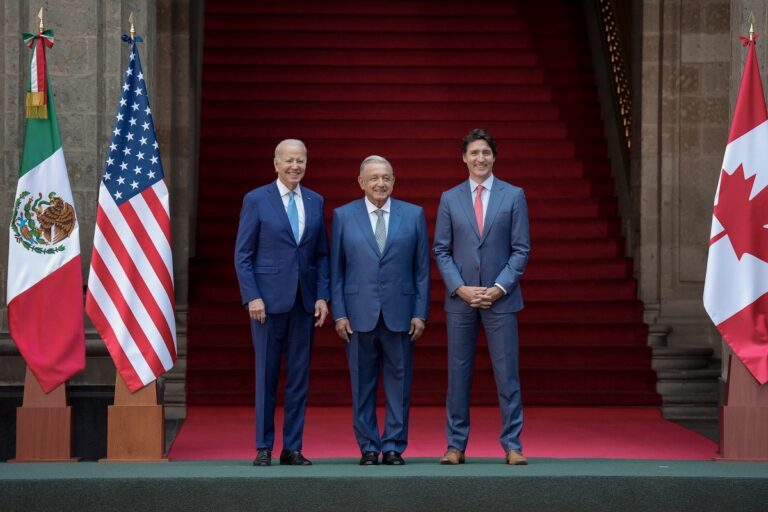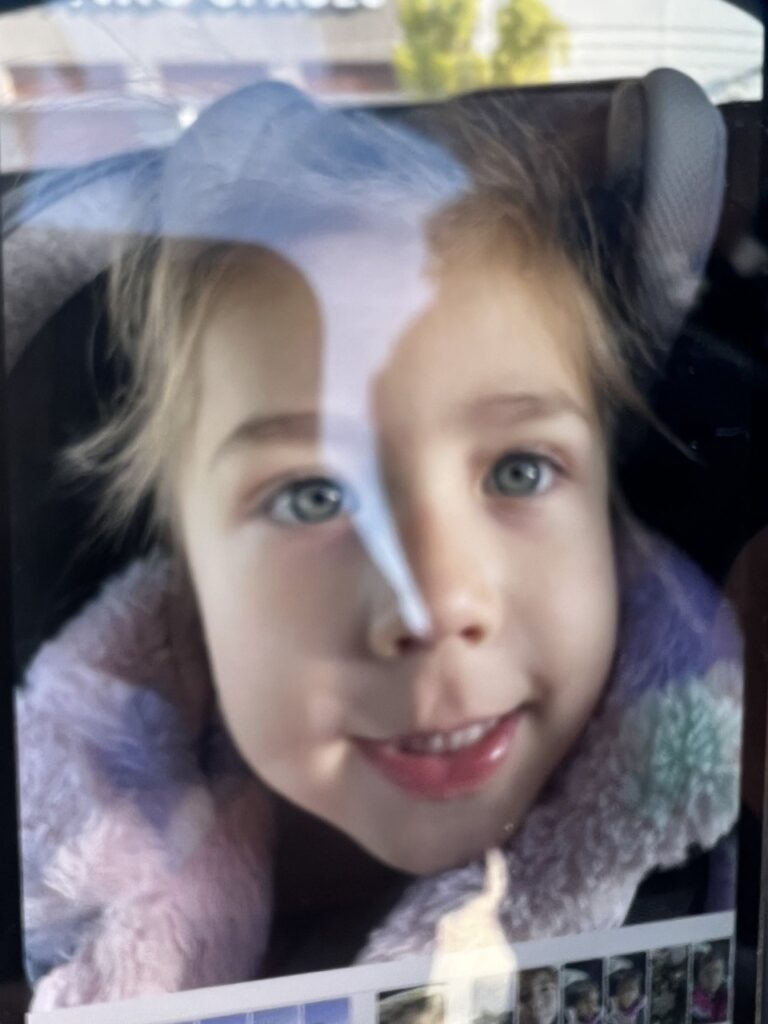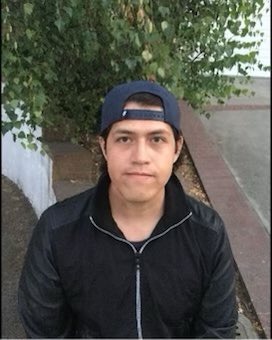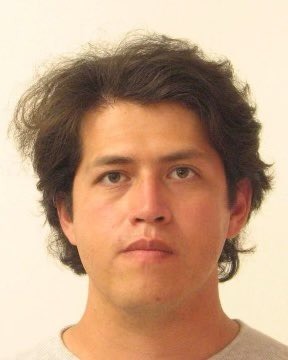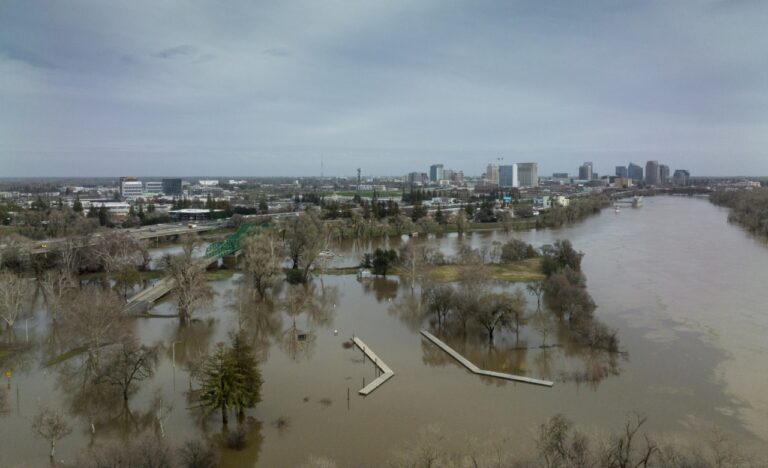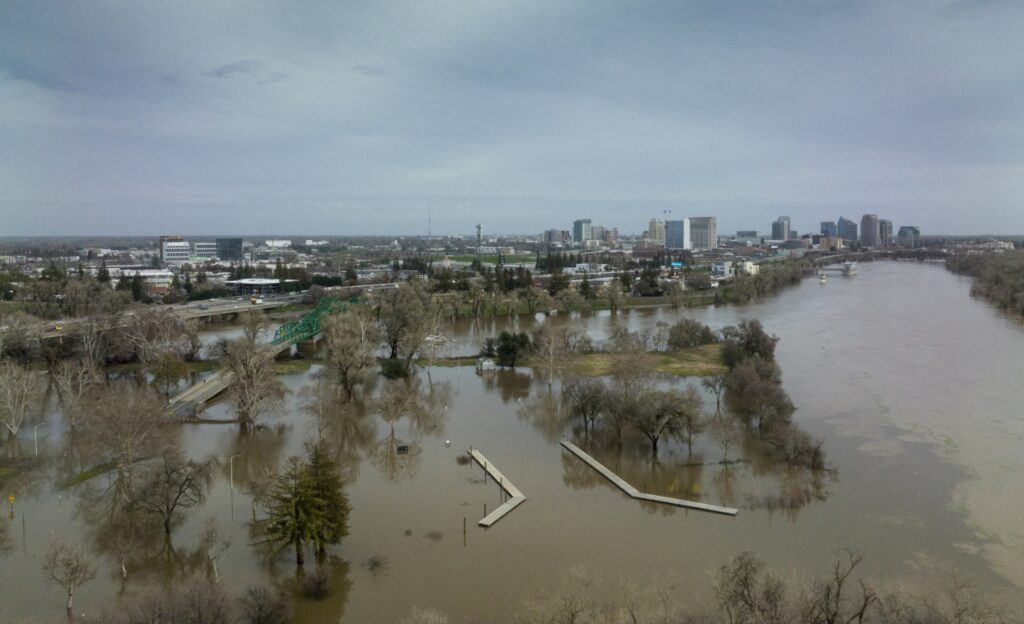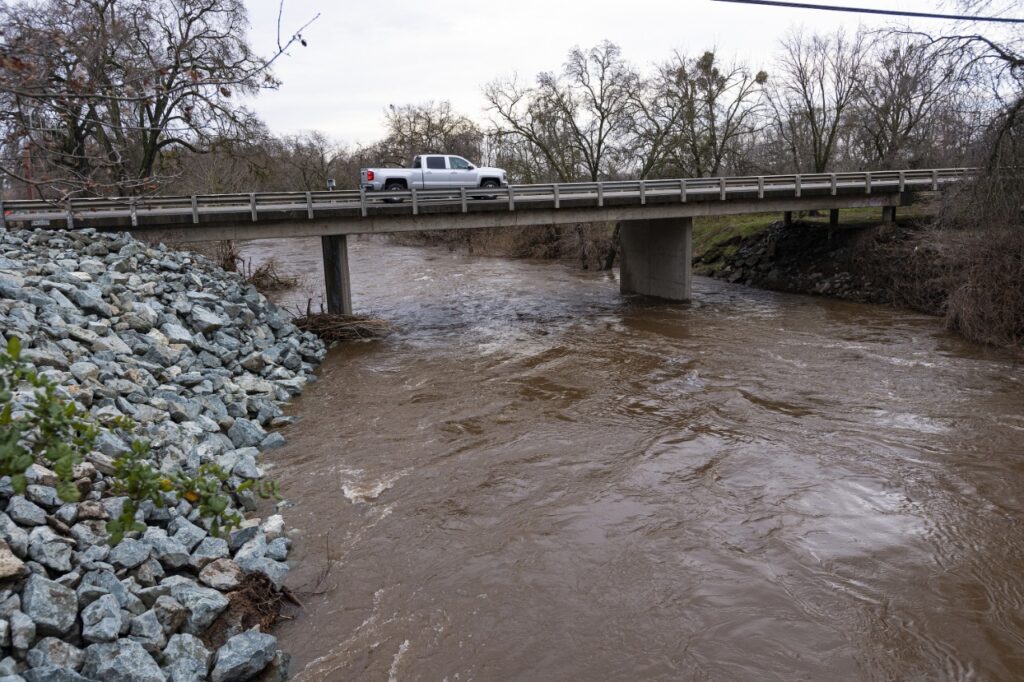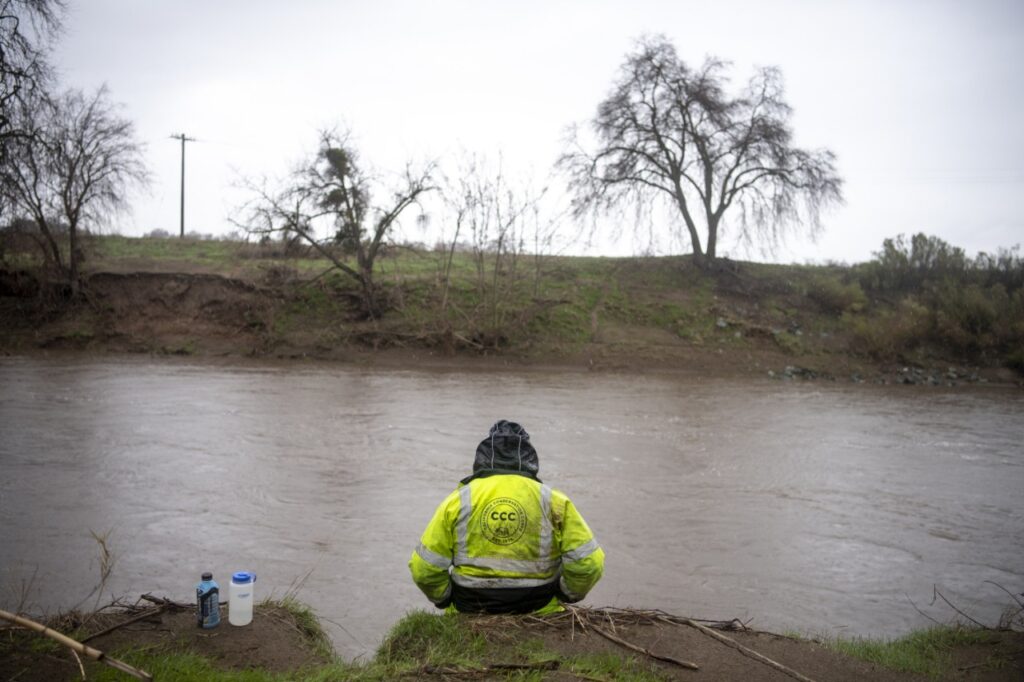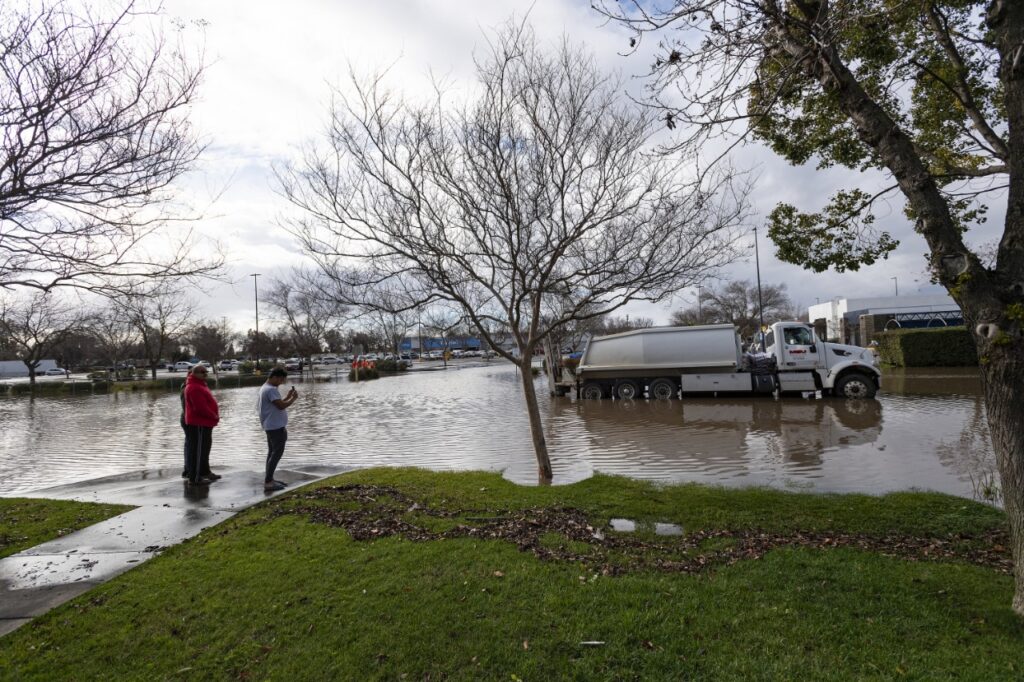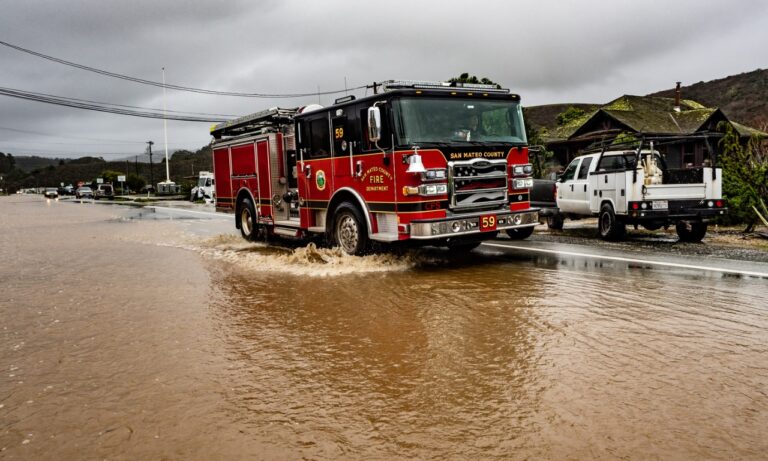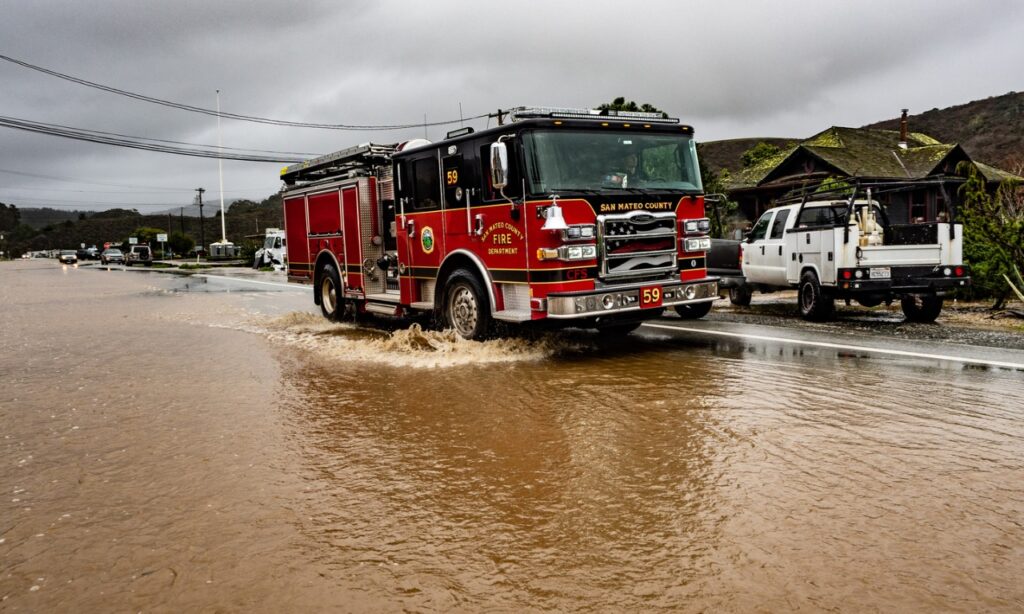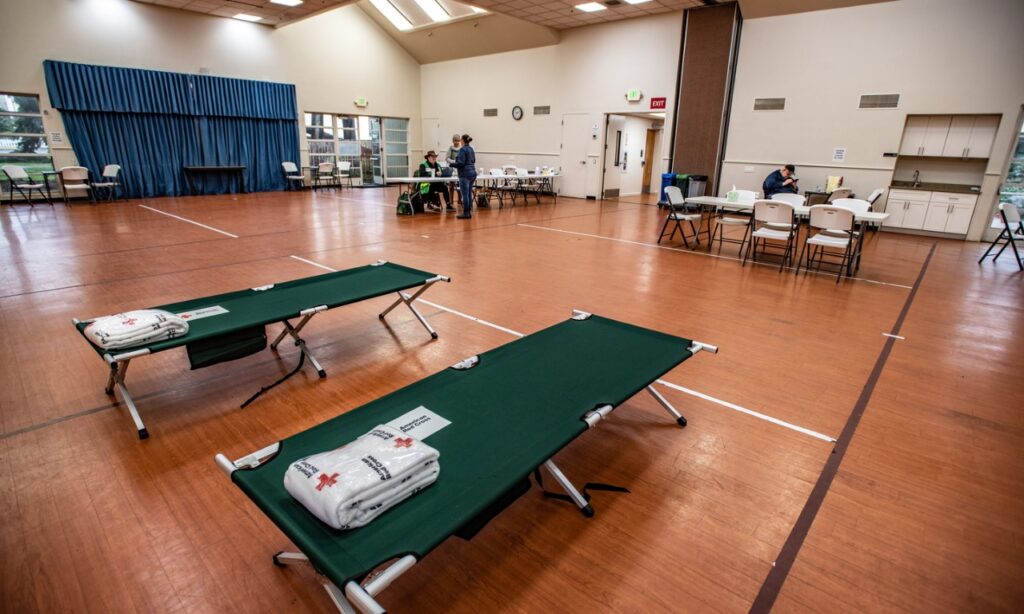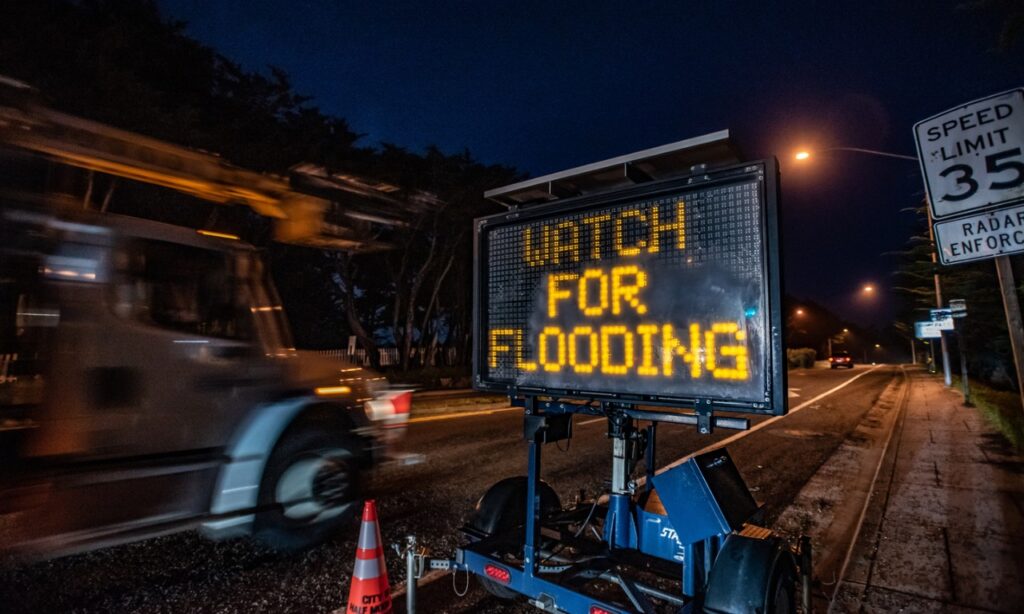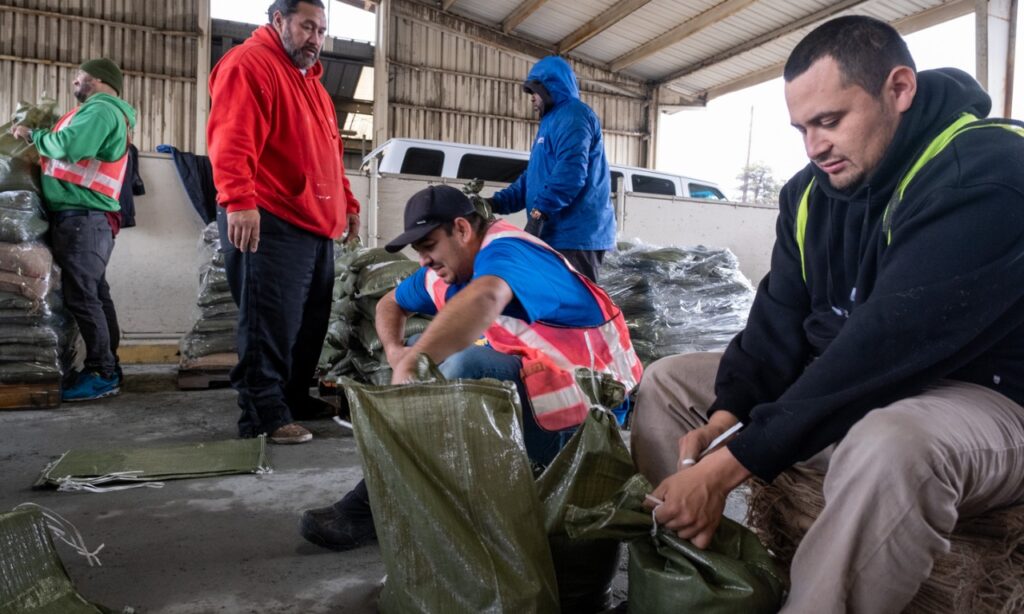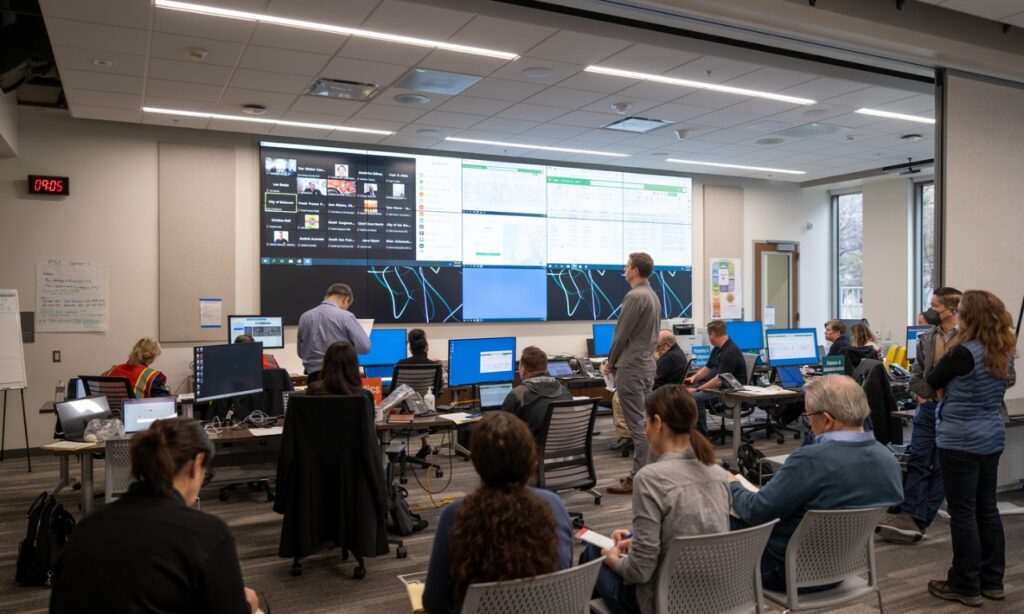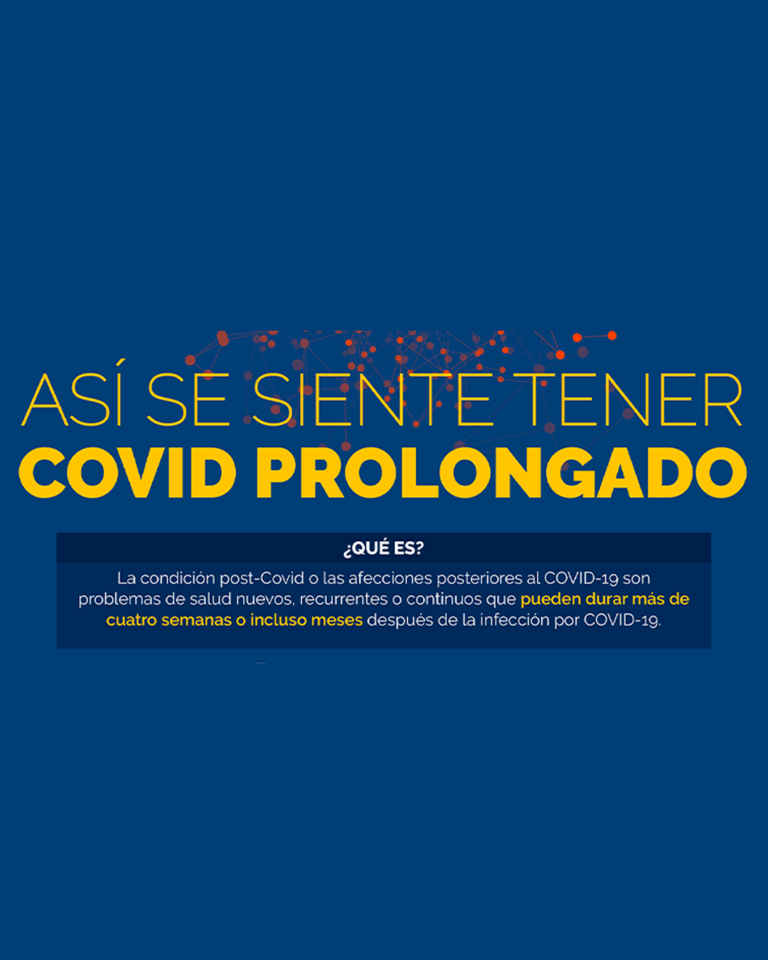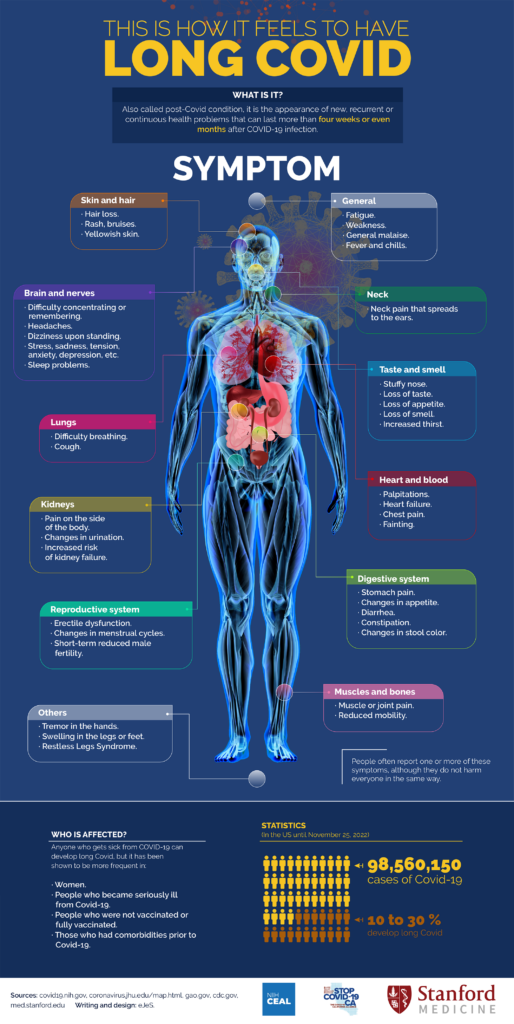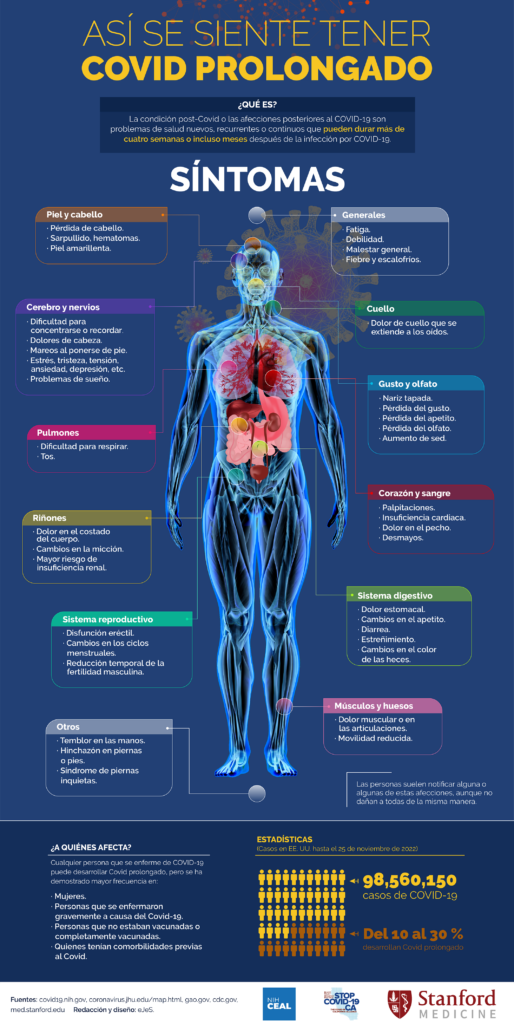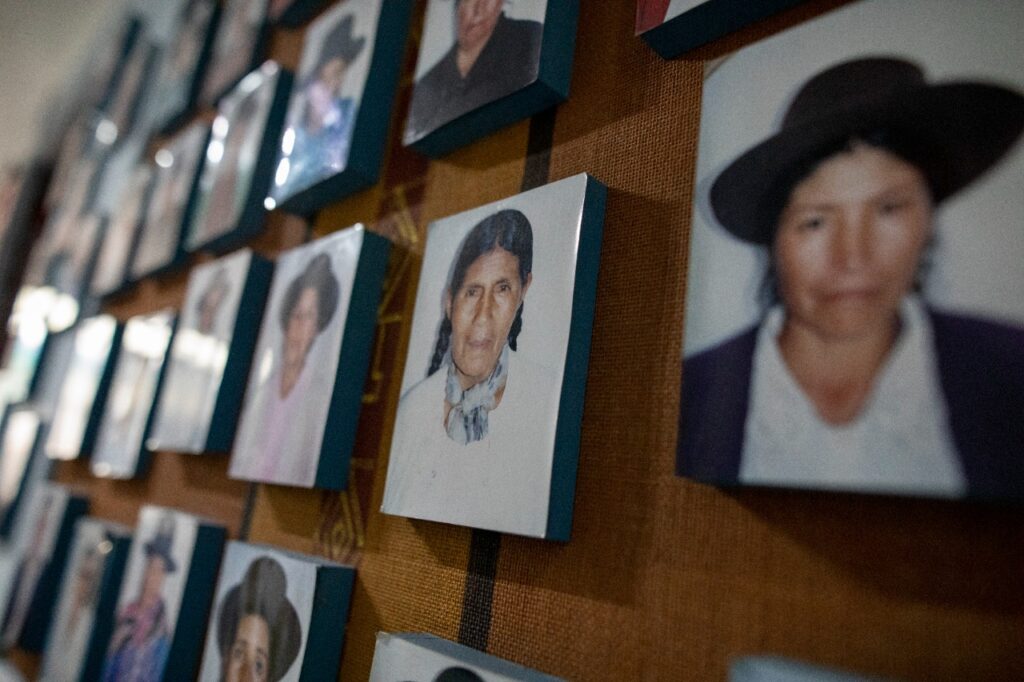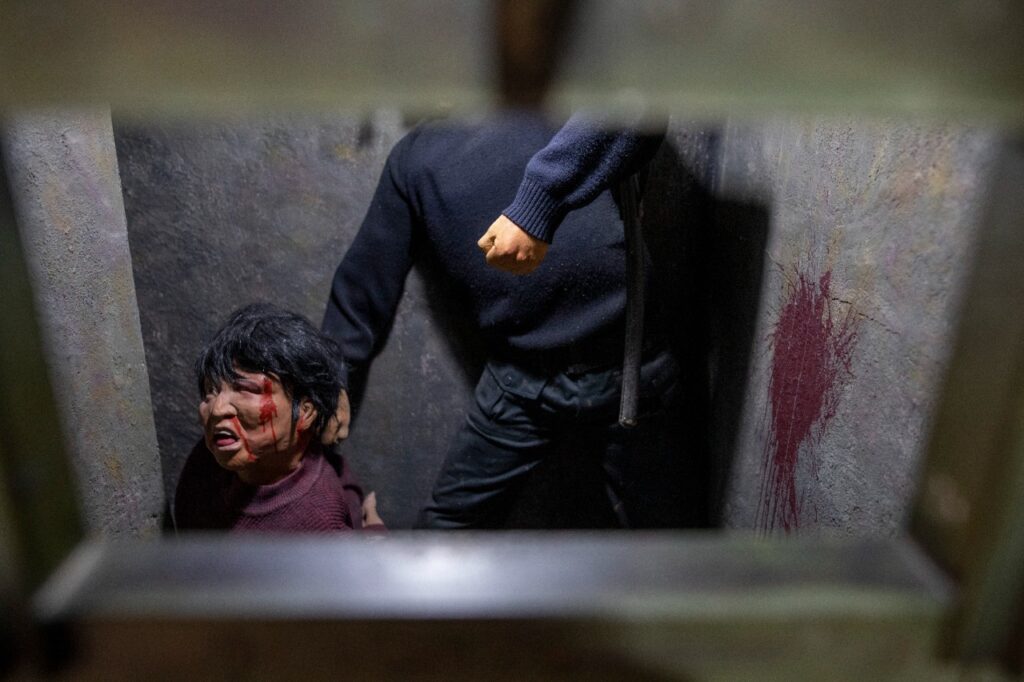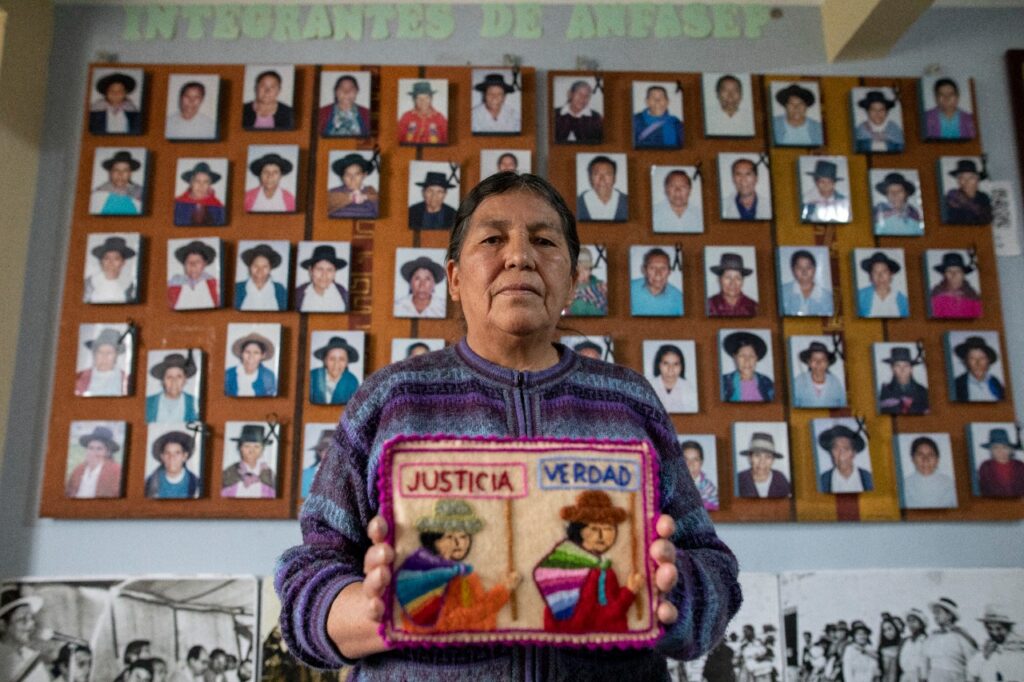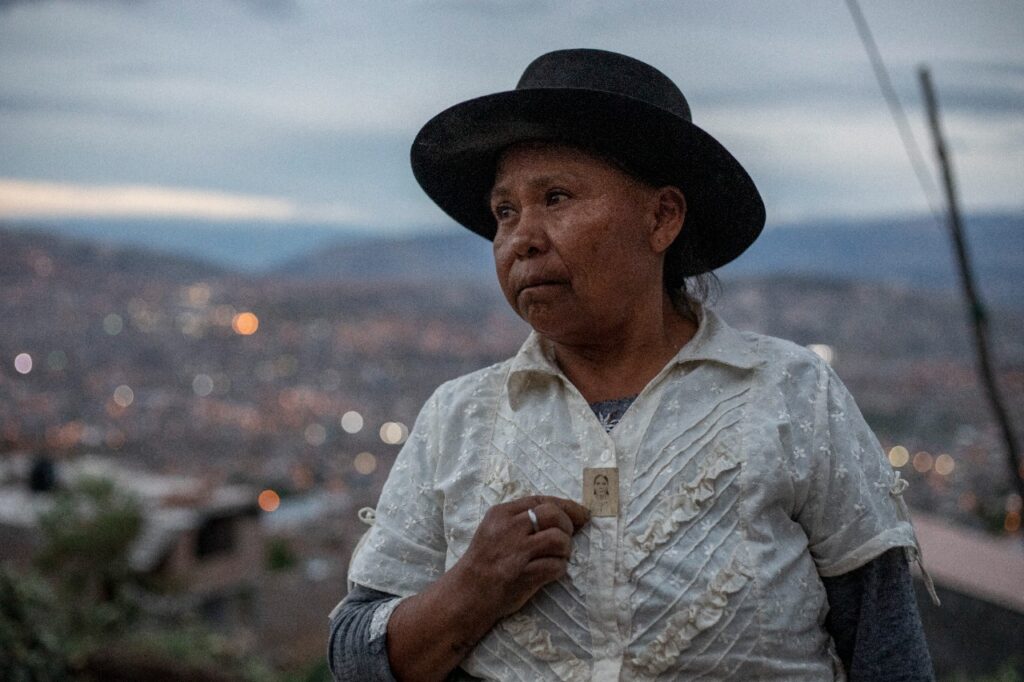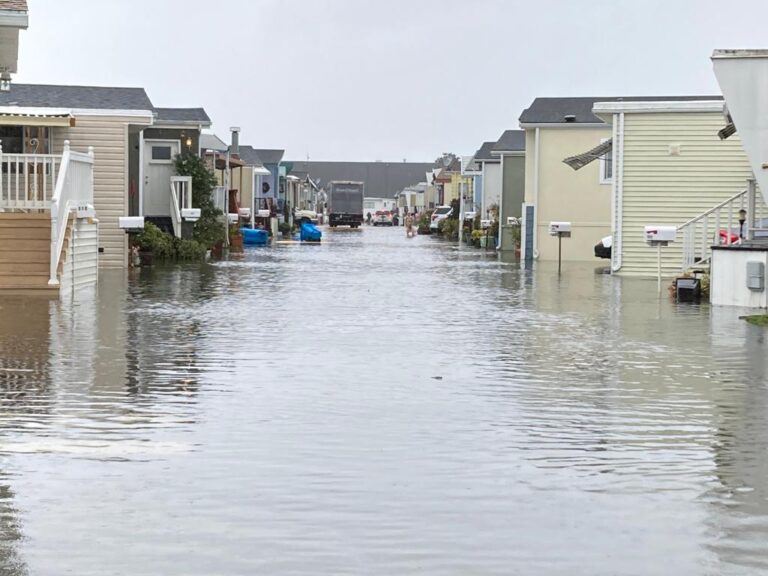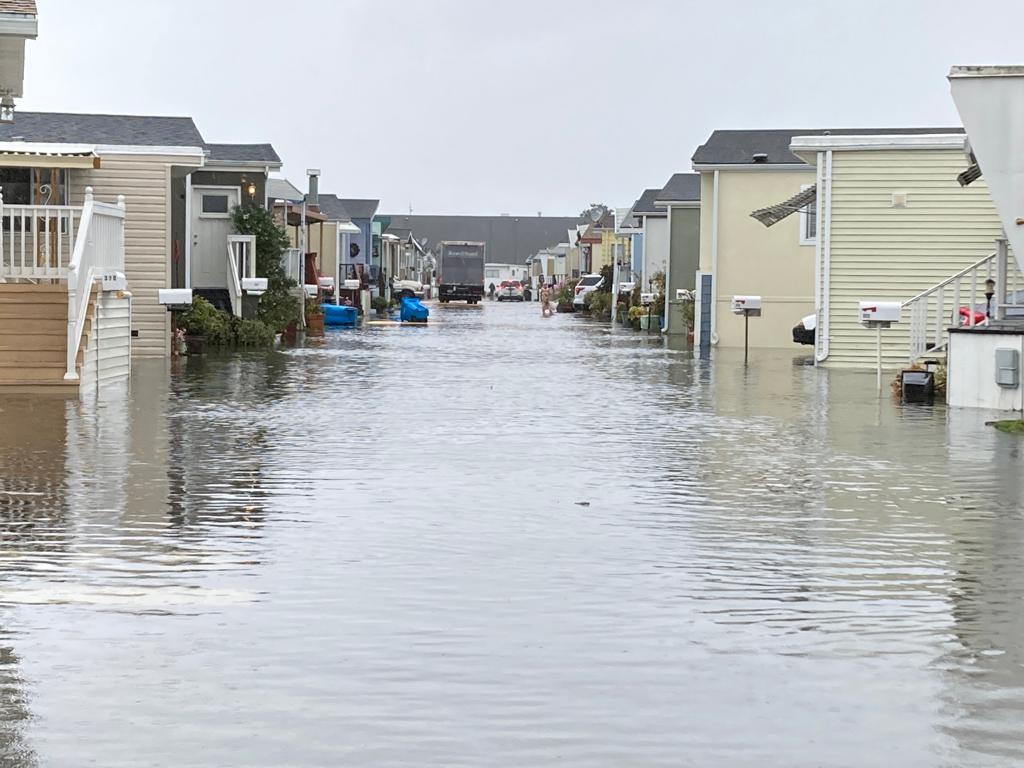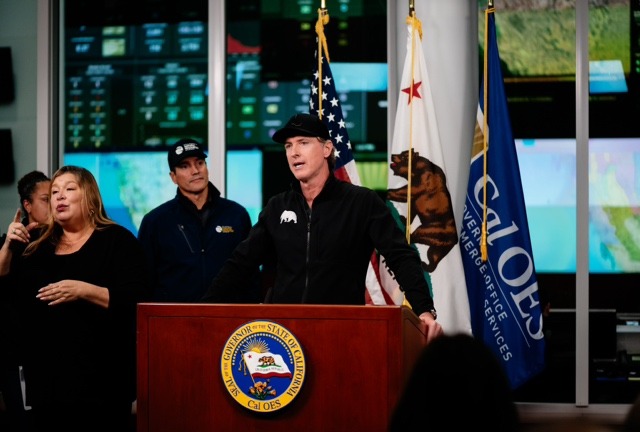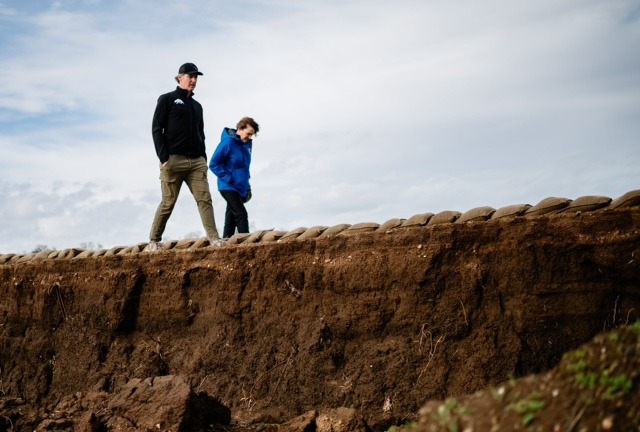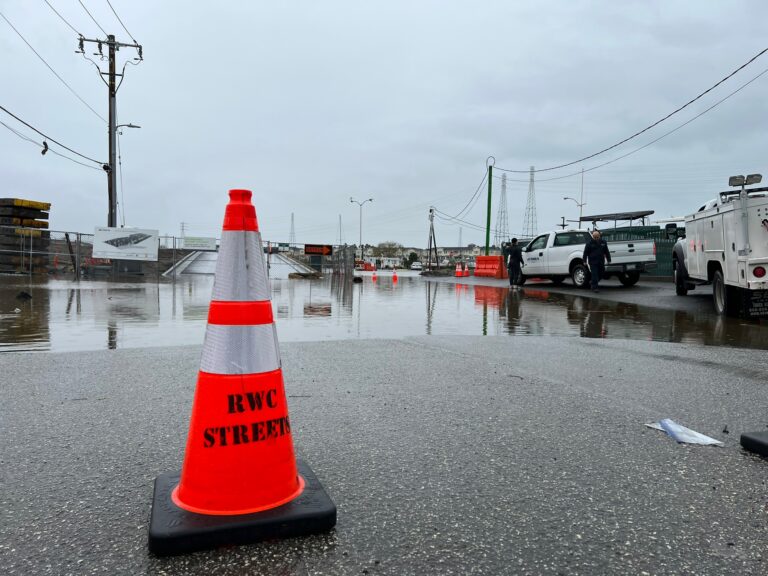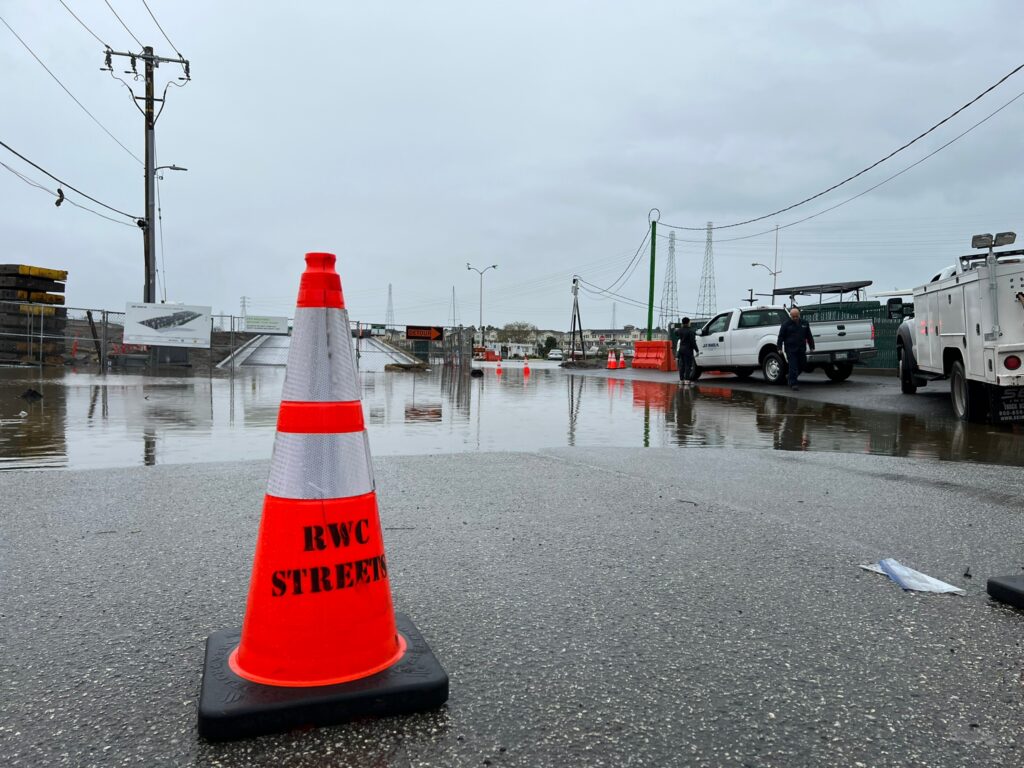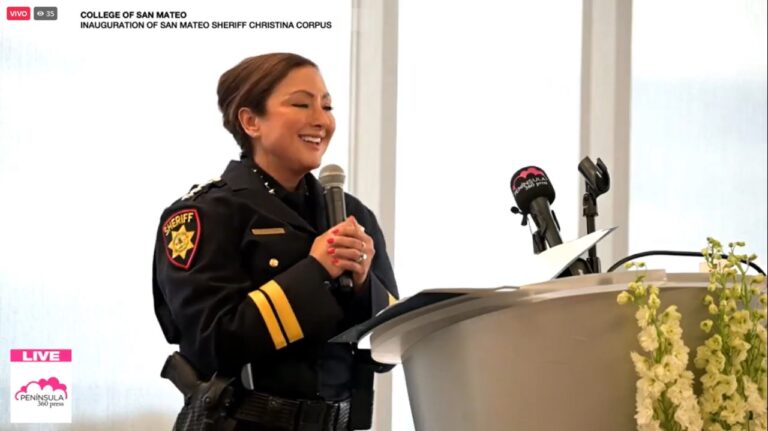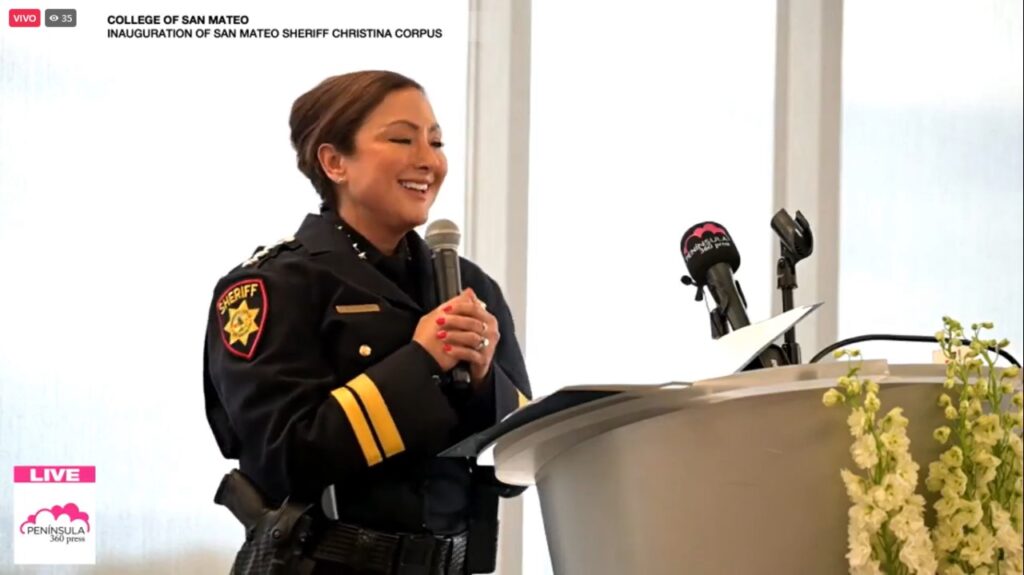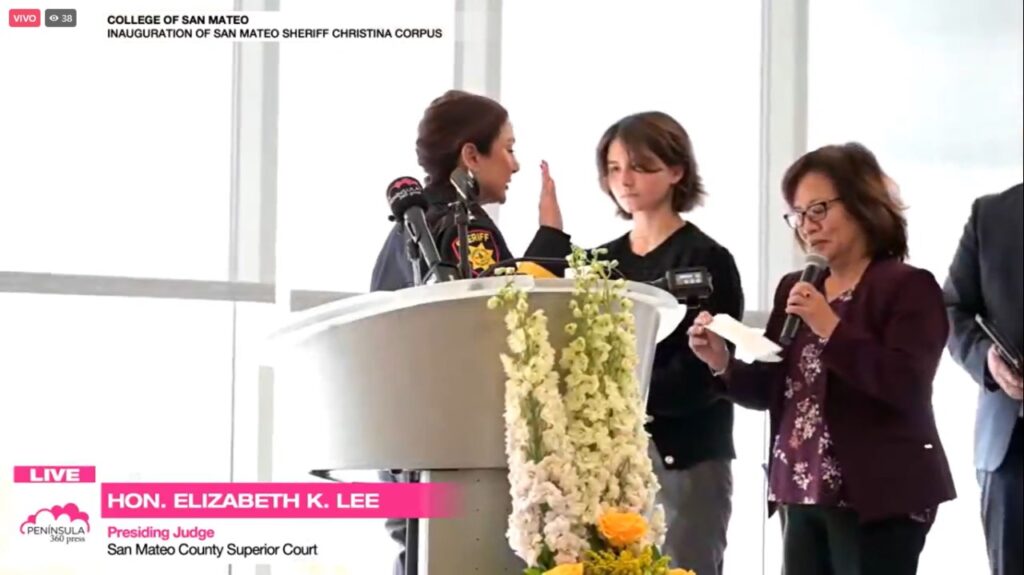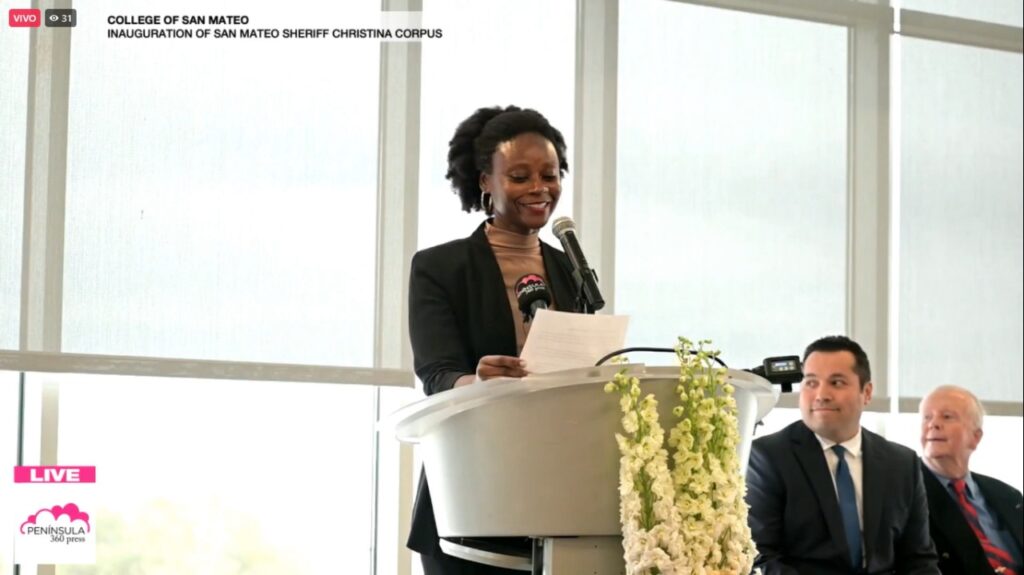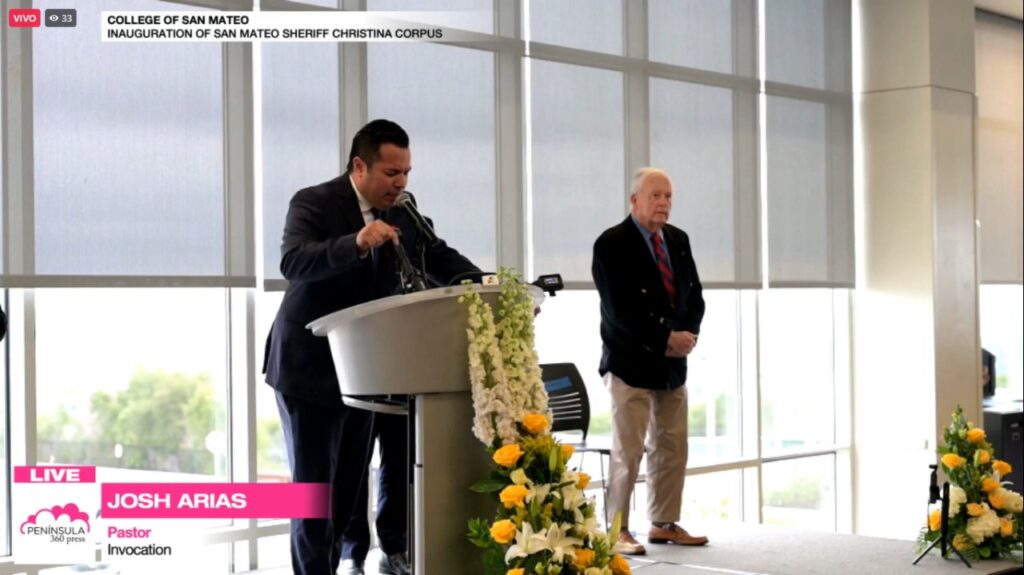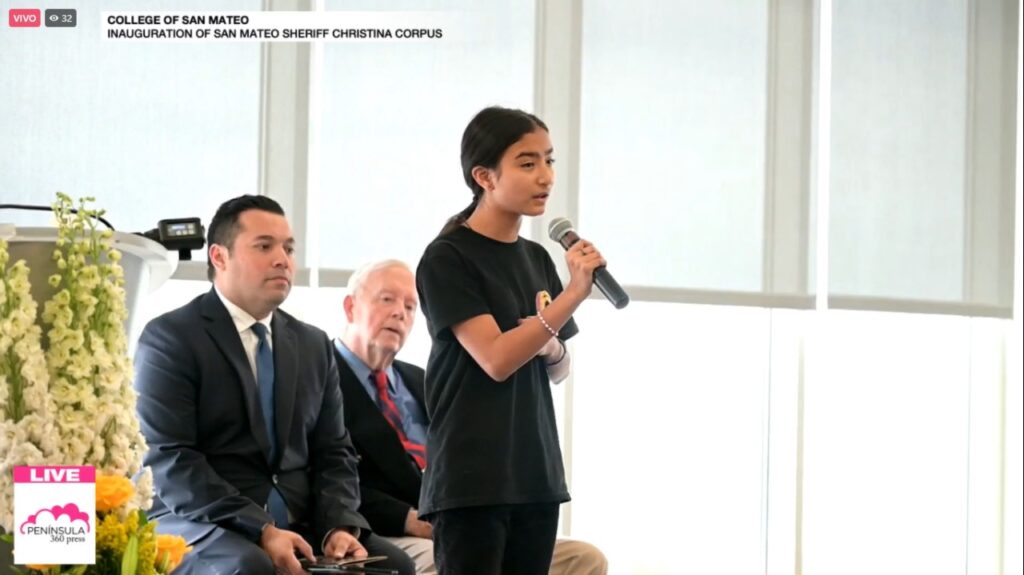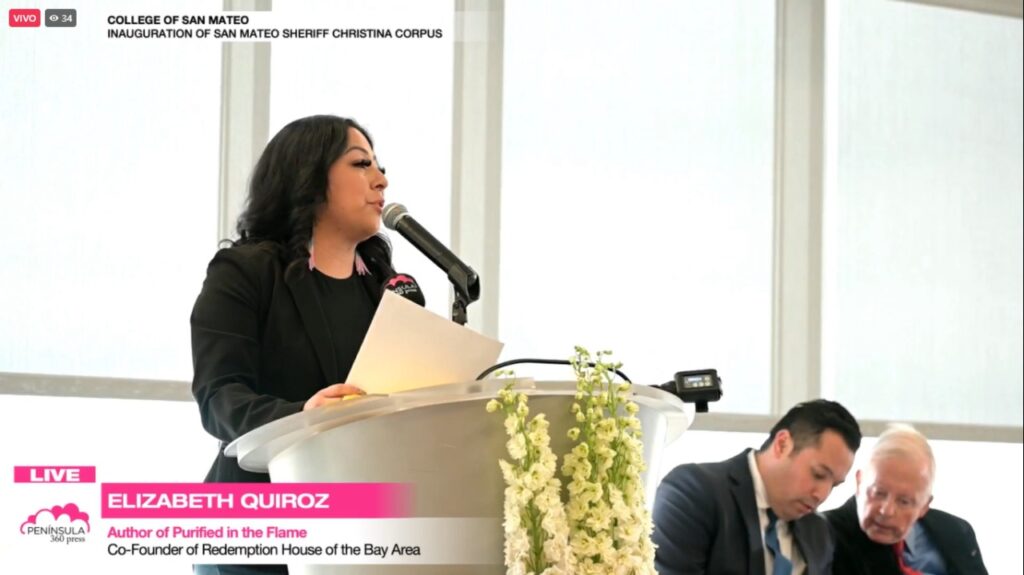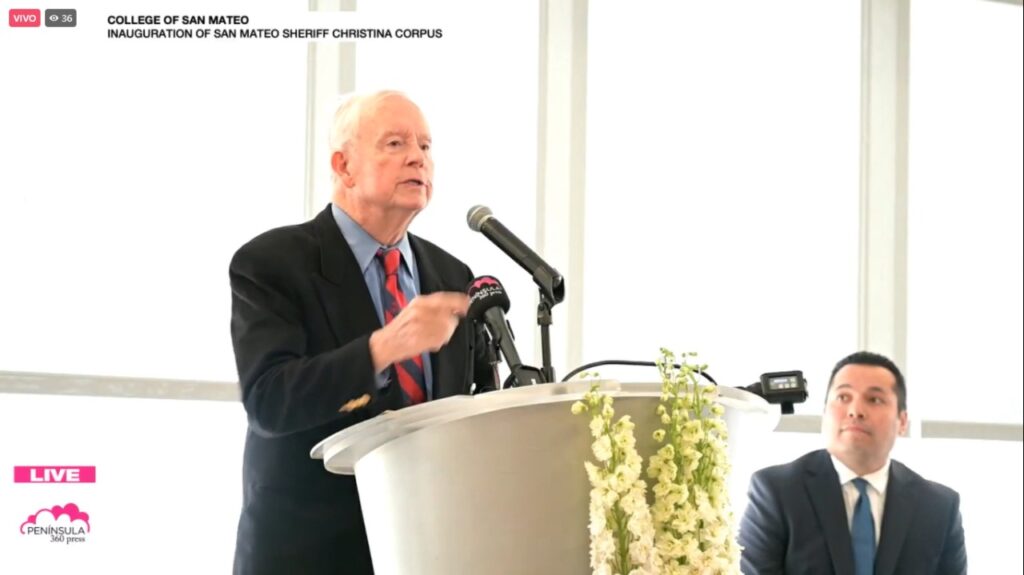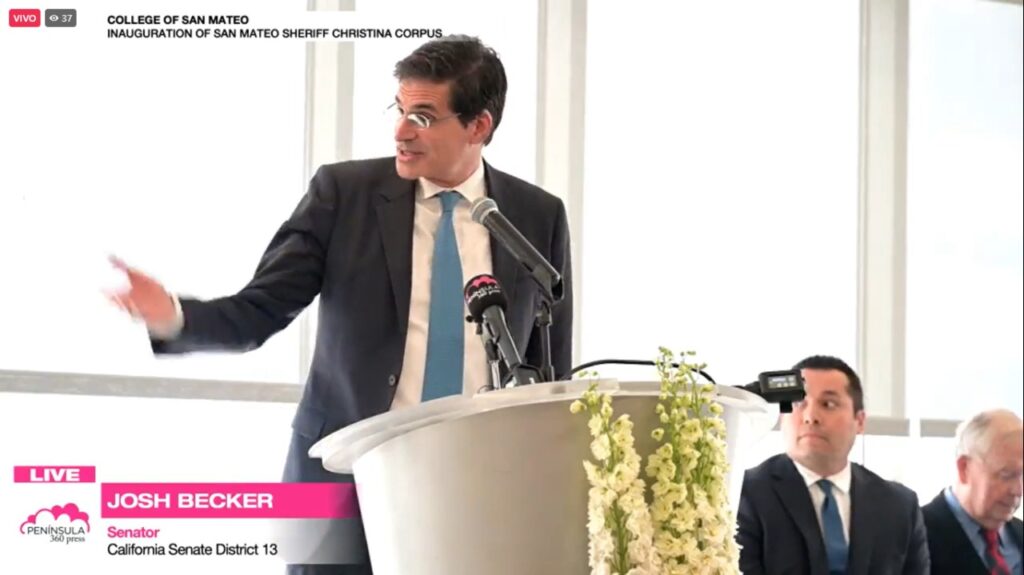El presidente Joe Biden y el primer ministro canadiense Justin Trudeau se reunieron el 10 de enero con el presidente de México Andrés Manuel López Obrador en la Cumbre de Líderes de América del Norte para hablar de la relación entre Estados Unidos, México y Canadá. La reunión se centró en gran medida en la inmigración. En esta entrevista, Ariel Ruiz Soto, analista político del Instituto de Política Migratoria, habla de la cumbre y de los cambios políticos significativos que pueden surgir.
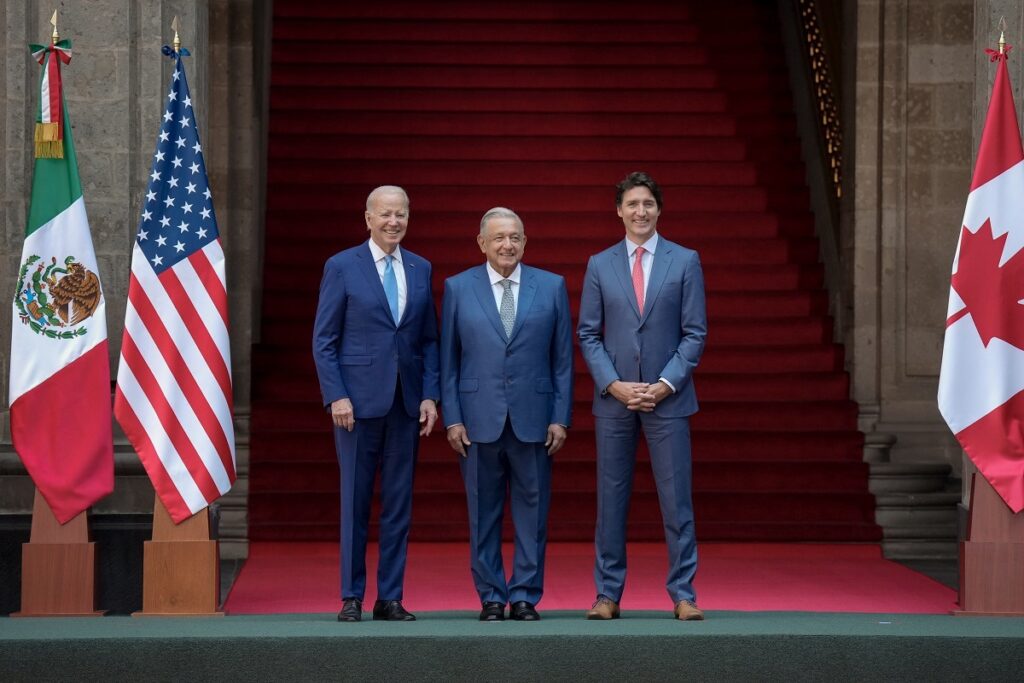
By Sunita Sohrabji. Ethnic Media Services.
Durante la campaña presindecial, Joe Biden prometió cambios radicales en la política de inmigración, incluida la revocación inmediata de la política del Título 42 de la era Trump. Sin embargo, dos años después, la política no ha sido revocada. La semana pasada, el presidente Biden anunció restricciones más severas para los migrantes que intenten cruzar la frontera entre Estados Unidos y México sin los documentos de inmigración necesarios. El anuncio se produjo antes de su visita a la frontera entre Estados Unidos y México y de su reunión con el presidente de México, Andrés Manuel López Obrador, y el primer ministro canadiense, Justin Trudeau, el 10 de enero por la tarde en Ciudad de México.
Los tres líderes trataron una amplia gama de temas, como la inmigración, el cambio climático, la política económica que animaría a los migrantes a permanecer en México y el tráfico de la droga opiácea fentanilo, entre otras cuestiones. Como era de esperar, la inmigración dominó el debate.
«Este es el momento para que determinemos acabar con este abandono, este desdén y este olvido de América Latina y el Caribe», dijo López Obrador el 9 de enero, antes de la reunión.
Mientras Biden y Trudeau se reunían con López Obrador, Ethnic Media Services se sentó con Ariel Ruiz Soto, analista político del Instituto de Política Migratoria —MPI por sus siglas en inglés- para hablar de la cumbre. Soto trabaja con el Programa de Política de Inmigración de Estados Unidos y la Iniciativa para América Latina y el Caribe.

Su investigación examina la interacción de las políticas migratorias en la región que se extiende desde Panamá hasta Canadá, así como sus consecuencias previstas e imprevistas para las poblaciones nacidas en el extranjero y en el país. He aquí algunos extractos de la entrevista.
EMS: ¿Cuáles eran sus principales prioridades para esta cumbre?
ARS: Hay algunas cosas que hemos estado siguiendo que han sido realmente clave para este evento. Una de ellas es comprender cuál es la estrategia mexicana en materia de aplicación de las leyes migratorias en el futuro. Qué podría pasar si, por ejemplo, se mantiene el Título 42 y México decide seguir aceptando expulsiones aceleradas de EE. UU. a México. ¿En qué términos y durante cuánto tiempo?
El segundo componente se refiere específicamente a las reformas mexicanas no sólo en materia de visados o de visados estadounidenses y vías de acceso no sólo de México a Estados Unidos, sino también de Centroamérica a México. México se había comprometido a proporcionar un mayor acceso y vías legales a los centroamericanos en ese país.
En el frente canadiense, queremos conocer los nuevos compromisos del gobierno canadiense para aceptar el reasentamiento de refugiados de América Central y América Latina. Canadá se ha comprometido a aumentar el reasentamiento de refugiados entre un 2% y un 10%. Pero en realidad tienden a ser cifras pequeñas y, obviamente, para toda América Latina, una región geográficamente muy significativa, puede reducirse a cientos o pequeños miles por país.
Invertir en México
Por último, ¿qué hay de la inversión en la región? Cuando la administración Biden llegó al poder, se hizo un gran llamamiento para intentar rejuvenecer los esfuerzos de inversión en la región con el fin de abordar las causas profundas de la emigración.
Pero parece que esa prioridad ha quedado relegada a un segundo plano y que ahora los temas relacionados con el control y la aplicación de la ley han pasado a un primer plano en ese debate. Pero lo ideal sería que México, Canadá y Estados Unidos ya hubieran sugerido planes para invertir y proporcionar recursos a las comunidades más devastadas.
Ésos son los grandes aspectos de lo que cabría esperar de todo esto. Lo que hemos visto en la lectura de la Casa Blanca y en la prensa al respecto son compromisos más generales para continuar los debates, pero también para seguir avanzando en los principios, incluidos algunos que ya se han identificado en la Declaración de Los Ángeles.
EMS: ¿Qué avances concretos nos esperan?
ARS: Una de ellas es el anuncio de crear una plataforma virtual sobre las vías legales que existen para migrar a Estados Unidos, México y Canadá. Este anuncio de una plataforma virtual entre los tres países para ver las vías legales… no va a ser la solución a los flujos en la frontera, pero sí va a crear cierto orden, específicamente para algunos grupos que de otra manera se aventurarían a arriesgar su viaje migratorio a través de un pollero.
Hay otro avance: la creación de un nuevo centro en el sur de México para hablar sobre el acceso a vías legales y asociaciones con el apoyo del sector privado mexicano. Básicamente, se trata de poner en contacto a los migrantes o posibles migrantes con opciones económicas para que consideren la posibilidad de quedarse en el lado centroamericano de Guatemala o en México antes de intentar seguir hacia el norte.
No es una estrategia nueva, pero es buena. El sector privado debería implicarse más.

EMS: ¿Dispone México de los recursos necesarios para absorber el enorme número de migrantes que ahora tiene que albergar y acoger?
ARS: Es evidente que México no dispone de los recursos necesarios para integrar a los migrantes que recibe de Estados Unidos. No tiene la capacidad de albergues en México. La mayoría de los albergues están gestionados por organizaciones de la sociedad civil y, en su mayoría, a través de programas humanitarios o afiliaciones eclesiásticas.
Pero muchos migrantes que van a ser expulsados a México probablemente no van a permanecer en México por un largo plazo, específicamente si son cubanos porque tienen conexiones familiares, redes y acceso financiero de tamaño razonable a la diáspora en Miami y otros lugares en Estados Unidos.
Lo más probable es que intenten entrar varias veces. Las expulsiones del Título 42 significan que no hay consecuencias en la tramitación para los inmigrantes y, por tanto, pueden intentarlo cuatro, cinco, seis o siete veces, como hacen hoy los mexicanos.
Venezuelans
En cambio, los venezolanos conocen muy poco Estados Unidos. Tienen algunos lazos familiares, pero no muchos. Y después de pasar por un viaje importante, muchos de ellos simplemente se sienten frustrados y cansados por el proceso y quieren volver a casa.
Así que la pregunta que planteas tiene dos partes. Una es si México tiene los recursos necesarios. Pero no creo que los migrantes que son expulsados a México quieran quedarse allí de todos modos.
Ken Salazar, el embajador de EE. UU. en México, ha dicho que se destinarán unos 23 millones de dólares a organizaciones de acogida en el lado mexicano de la frontera. Es un buen avance, aunque me gustaría saber cómo se desembolsarán y qué requisitos se exigirán a las organizaciones que reciban los fondos.
EMS: El Presidente Biden anunció el 5 de enero la continuación del Título 42, con penas más duras para los inmigrantes que intenten entrar en EE. UU. sin papeles. La propuesta también permite que 30.000 inmigrantes de Cuba, Venezuela, Nicaragua y Haití entren en el país cada mes como parte de un programa de libertad condicional humanitaria. ¿Cómo calificaría los cambios políticos?
ARS: Seamos francos. Incluso 30,000 personas al mes no son suficientes para contener los flujos o para recibir los flujos que están llegando a la frontera con México cuando estamos viendo más de 70,000 al mes.
Pero el sistema de inmigración de EE. UU. no tiene realmente ninguna otra herramienta para proporcionar el control de la aplicación de la ley en la frontera en este momento que se aplicaría a estos flujos hemisféricos. No tiene capacidad suficiente para devolver a los inmigrantes a otros países, ni siquiera directamente en el marco de la expulsión regular.
Y la libertad condicional —aunque es una herramienta importante— no es suficiente a largo plazo. La libertad condicional no significa necesariamente que las personas, después de los dos años que se les concede para entrar en el país, tengan realmente una forma significativa de quedarse. No ha sido el caso de los ucranianos. No ha sido el caso de los migrantes afganos, y puede que no sea el caso de los venezolanos, cubanos, nicaragüenses y haitianos.
El Título 42 es insostenible
En el anuncio de la semana pasada, el presidente Biden intentaba averiguar cómo encender una respuesta más cohesionada con México y Canadá para que las medidas a corto plazo realmente den y ganen algo de tiempo para las salidas a largo plazo. Pero no creo que nadie crea que la expansión del Título 42 sea sostenible, no sólo por los tribunales, sino también porque los flujos siguen cambiando. Estamos viendo un número cada vez mayor de colombianos, peruanos, ecuatorianos: sería poco realista creer que la ampliación de la libertad condicional a peruanos, colombianos y ecuatorianos sería esencialmente la solución a todo lo que estamos viendo en la frontera.
EMS: ¿Qué aspecto tiene una política de inmigración humana? Y teniendo en cuenta que la Cámara de Representantes y el Senado están muy divididos, ¿podemos esperar verla en 2023?
ARS: Un enfoque humanitario de la migración por parte del Congreso implicaría, en primer lugar, mejorar el acceso al asilo y, en segundo lugar, dotar de más recursos a las organizaciones y comunidades más impactadas por la llegada de migrantes a la frontera México-Estados Unidos, pero también en el interior. Creo que estamos lejos de esa realidad.
Desafortunadamente, la Cámara de Representantes, liderada por los republicanos, y el Senado, liderado por los demócratas, probablemente se encuentren en un punto muerto a la hora de pensar qué hacer en términos de proporcionar acceso humanitario. Ya hemos visto esto antes. No es nada nuevo.
Los republicanos suelen negarse a hablar de inmigración hasta que la frontera sea segura. Y no hay realmente una definición de lo que significa una frontera segura, por desgracia. Y luego los demócratas muchas veces sólo se basan en la regularización y en proporcionar beneficios a los inmigrantes en lugar de considerar también opciones para mejorar el control en la frontera entre Estados Unidos y México. Así que esa tensión y ese estancamiento continuarán.
Increase resources at the border
Ahora bien, eso no significa que no pueda haber piezas más pequeñas de regulación que puedan funcionar juntas. Demócratas y republicanos están de acuerdo en que tiene que haber mejor tecnología para examinar y procesar a los inmigrantes cuando llegan a la frontera entre Estados Unidos y México. Ambos están de acuerdo en aumentar el número de funcionarios de la Patrulla de Aduanas y Fronteras, así como de agentes de inmigración estadounidenses y jueces de inmigración. Y ambos coinciden en que la capacidad de acogida y detención, así como los recursos y la tecnología, están gravemente infradotados en la frontera entre Estados Unidos y México.
These are things I think you can agree on, but they tend to be secondary to each party's main priorities and therefore lead to deadlock.
You may be interested in: Peru's "corner of the dead" suffers -again- the pain of repression

